5 foraged foods that are hard to screw up
Foraging has become increasingly popular with chefs, food lovers and outdoor enthusiasts alike. But where and how do you start? For the safety of yourself and the ecosystem, it’s crucial to forage responsibly. Just as plants nourish us, we can protect their habitats by picking up litter during hikes and educating others about the value of wild spaces. Exploring Indigenous foraging practices can deepen our appreciation for their sustainable land stewardship, which has endured time immemorial. Mikaela Cannon’s Foraging as a Way of Life is an accessibly written book, designed to inspire readers to share the joy of wild foods. Below, Mikaela has shared a list of five easy-to-find, delicious and hard-to-screw-up foraged plants that can get anyone started on the art of foraging. —Vita Daily
Dandelion
Use the flower for jelly or marmalade or add them to your muffins or make a kick-ass wine out of the yellow flower heads. The leaves can be included in salads and are a good source of potassium and magnesium.
Red clover
The nectar-filled flower balls of red clover are a favorite with the bumblebees. Pick a basket of the flowers and add them to a pot. Boil for ten minutes or so in water and watch the colour from the flowers infuse the water. Use the water to make a sweet-tasting, honey-like jelly to pour on your pancakes.
Early blue violet
Violets have an unmistakable smell that interestingly, can only be smelled for a few moments before our smell receptors shut them down. After a few breaths, the smell returns and our brain registers it as a new scent. And what a scent it is! Make syrup or jelly with the flowers or use the heart-shaped leaves in a lasagna or in your morning smoothie.
Stinging Nettle
After the snow melts, these tasty perennial plants emerge from the ground as purple-green lush bearers of spring. The leaves can be carefully gathered in spring and cooked into soups or casseroles.
Plantain
Plantain likes to grow close to the ground and has large oval leaves with parallel veins. Both its seeds and husks can be eaten. The husks are a good source of fibre – similar to the psyllium you find in your local health food store. The seeds are high in protein. The leaves can be used as food when they are young.
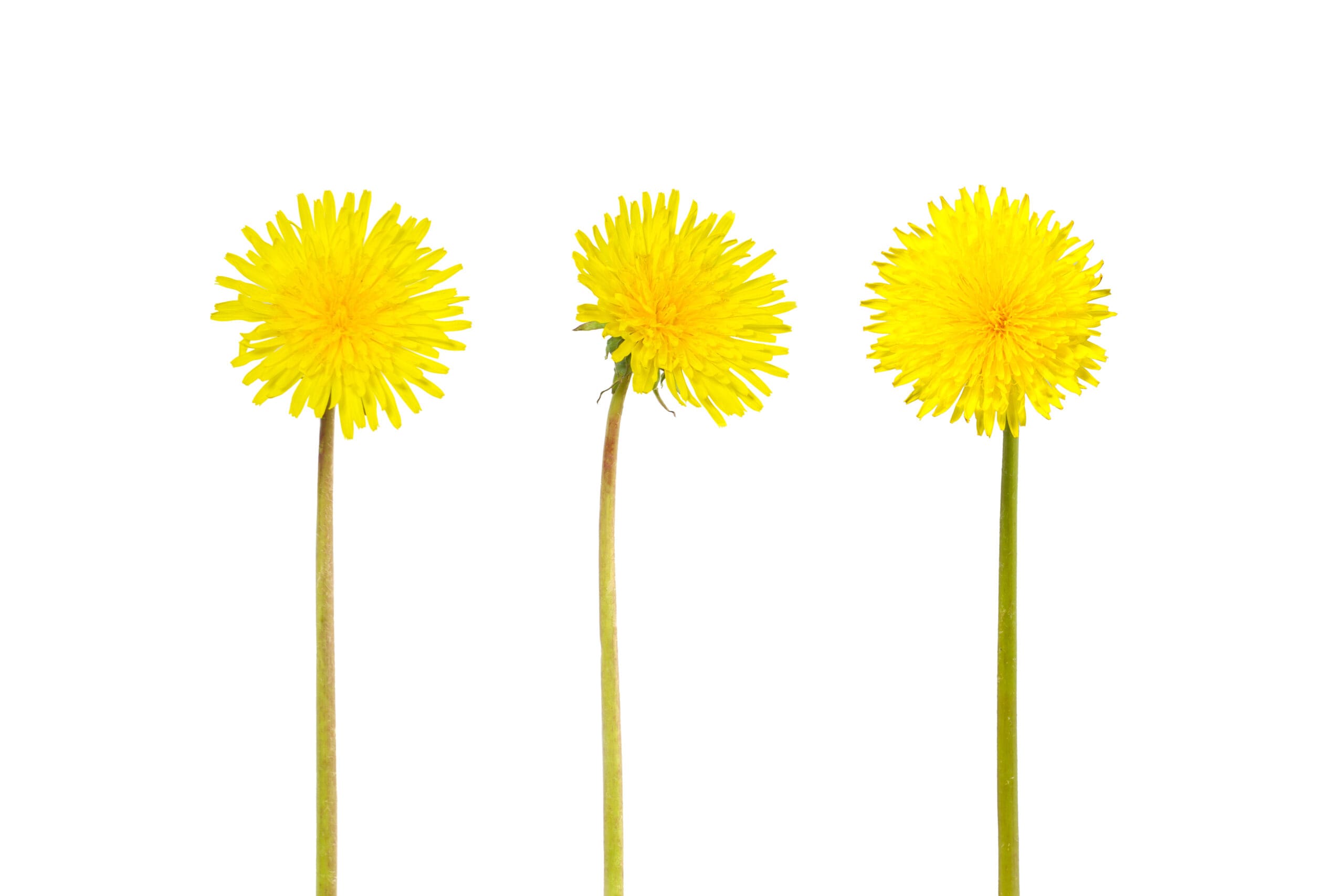
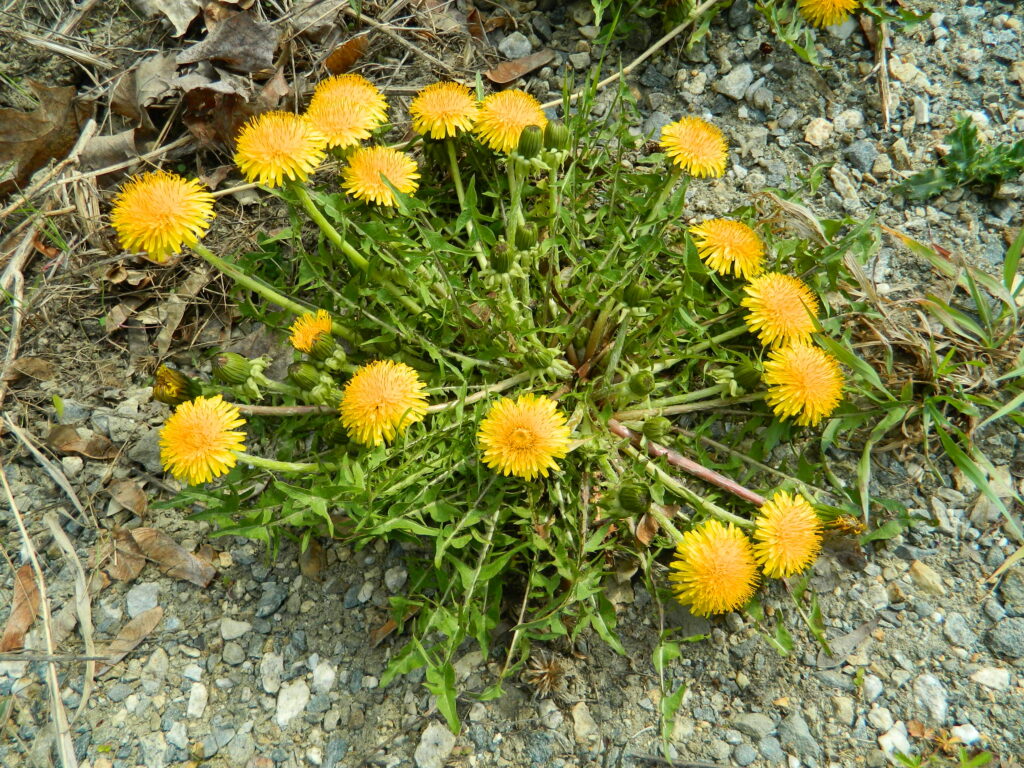
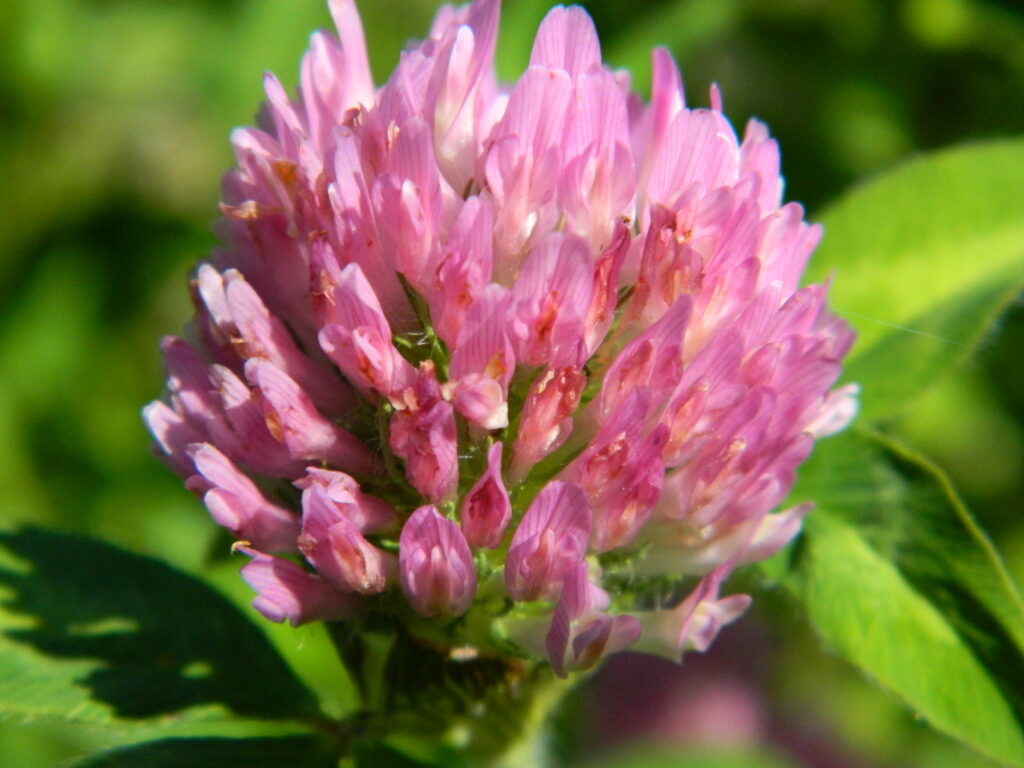
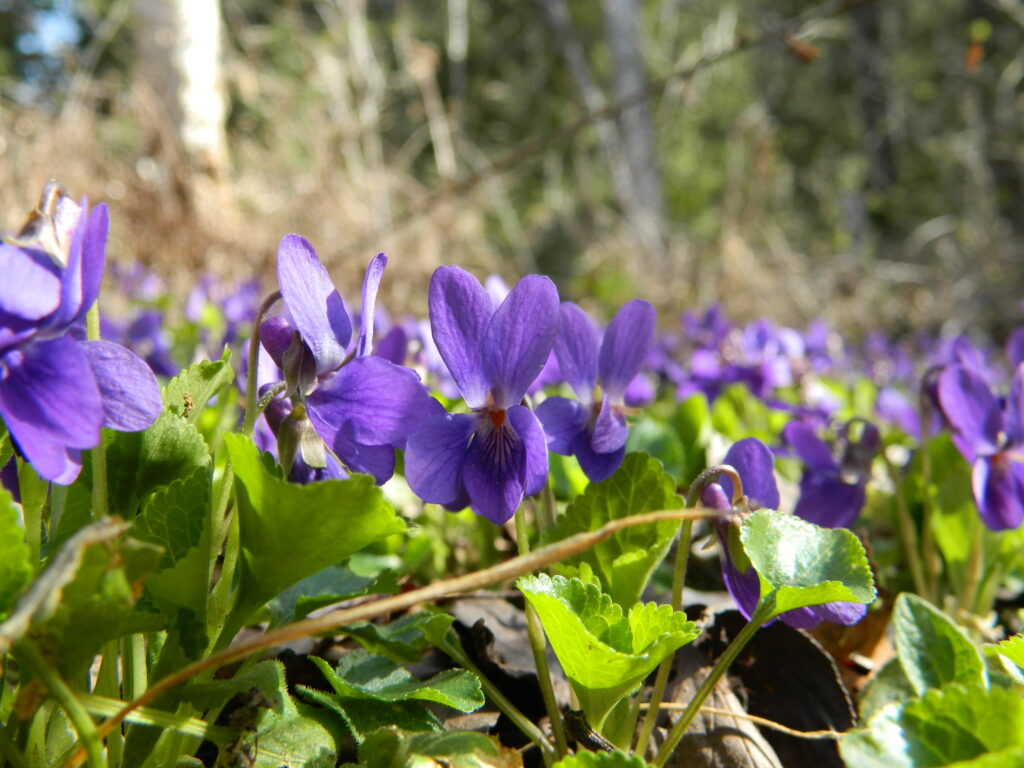
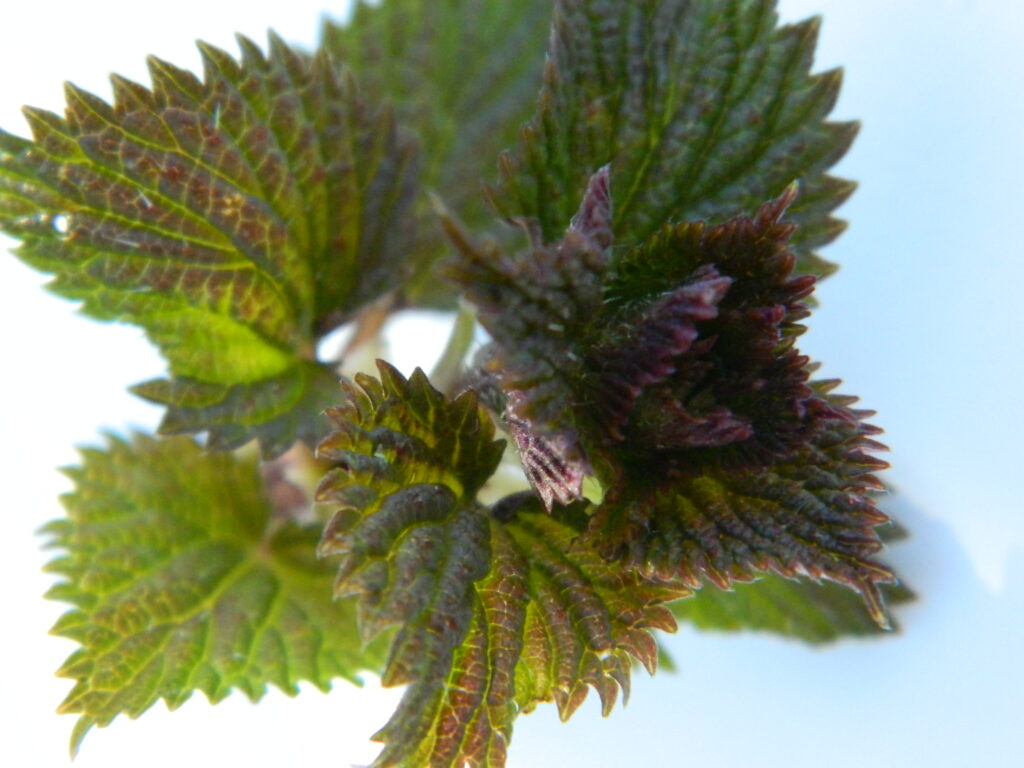
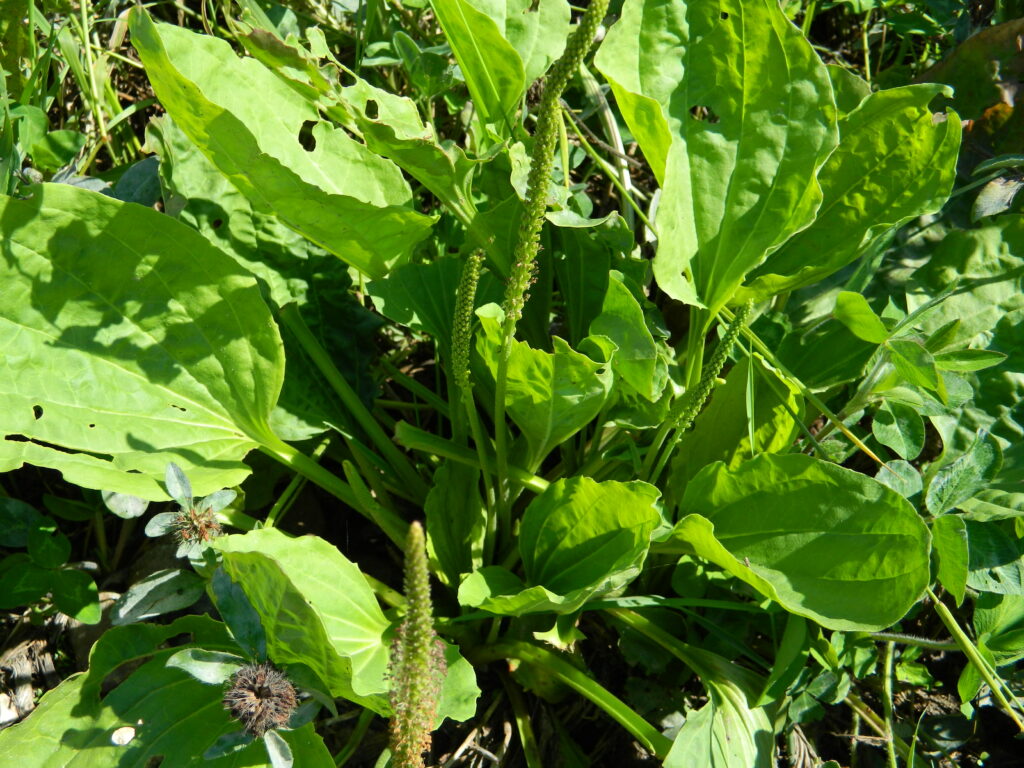
Be the first to comment